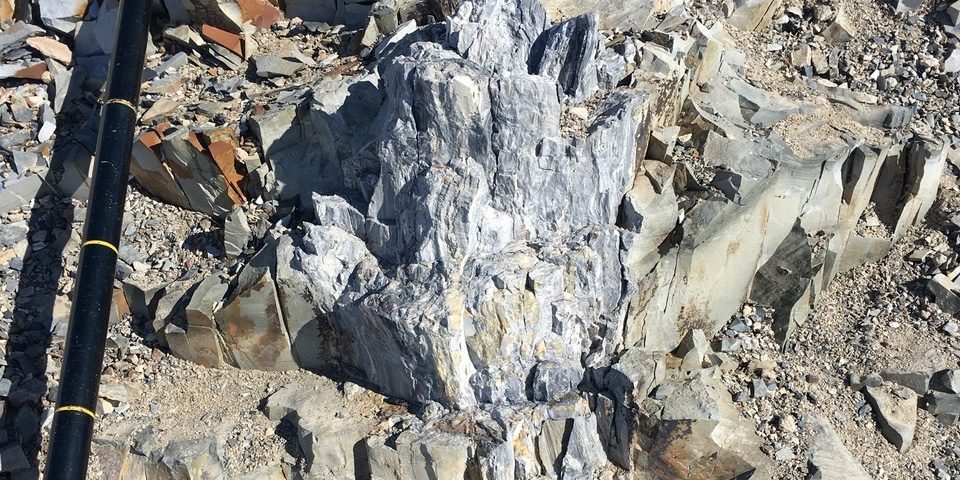Antarctica, a continent shrouded in ice and mystery, has unveiled a surprising secret that challenges our perception of its past. In 2017, the discovery of fossilized tree stumps and roots in the Transantarctic Mountains painted a vivid picture of a time when Antarctica was not an icy wilderness but a flourishing temperate forest. This revelation has far-reaching implications for our understanding of Earth’s ancient ecosystems and the continent’s role in the supercontinent Gondwana. The Antarctic fossil forests is truly amazing.
The Discovery
The Antarctic fossil forests discovery was a product of meticulous geological exploration in the Transantarctic Mountains. Researchers stumbled upon the remnants of an ancient forest, dating back approximately 260 million years to the Permian period. Fossilized tree stumps and roots provided tangible evidence of a time when Antarctica was covered in lush vegetation, in stark contrast to the icy expanse we see today.
Implications for Gondwana’s History
The discovery of fossilized forests in Antarctica contributes significantly to our understanding of the geological history of Gondwana, the supercontinent that once united several of today’s landmasses. Antarctica, as part of Gondwana, likely hosted diverse ecosystems and played a crucial role in shaping the planet’s biodiversity millions of years ago. The fossil evidence challenges the perception of Antarctica as an isolated, frozen continent and underscores its dynamic past.
Climate Change Over Geological Time Scales
Studying the remnants of Antarctic fossil forests provides a unique opportunity to explore climate change over geological time scales. The presence of temperate forests suggests that Antarctica experienced dramatic shifts in climate, transitioning from a warmer, forested environment to the frigid, ice-covered landscape we see today. Understanding these past climate variations enhances our ability to predict and comprehend current and future climate changes.
Insights into Ancient Ecosystems
The fossilized remains offer a rare glimpse into the ancient ecosystems that once thrived in Antarctica. The types of plants and trees that inhabited the region provide clues about the biodiversity and adaptations of life during the Permian period. This discovery invites further exploration into the interactions between flora and fauna in Antarctica’s distant past, shedding light on the evolution of life on our planet.
Antarctica’s Role in the Global Ecosystem
The revelation of an ancient forest challenges the conventional view of Antarctica as an ecological barren. Instead, it positions the continent as a dynamic player in Earth’s global ecosystem, influencing climate and biodiversity on a planetary scale. The knowledge gained from studying Antarctica’s past ecosystems contributes to our understanding of how changes in one part of the world can have far-reaching consequences for the entire planet.
Scientific Methodology and Exploration
Unearthing evidence of ancient ecosystems in Antarctica is no small feat. Scientists employ a variety of methods, including geological surveys, satellite imagery analysis, and the study of sedimentary layers, to piece together the continent’s enigmatic past. The collaborative efforts of researchers from different scientific disciplines converge to build a comprehensive narrative of Antarctica’s geological and ecological evolution.
Educational and Public Engagement
The discovery of Antarctic fossil forests not only fuels scientific curiosity but also captivates the public’s imagination. It offers an opportunity for education and outreach, inspiring interest in Earth’s history and the processes that have shaped the planet over millions of years. This newfound awareness contributes to a broader understanding of the dynamic nature of our world and the importance of preserving its delicate balance.
The Antarctic fossil forests stand as a testament to the ever-changing nature of our planet. This discovery not only rewinds the geological clock, revealing a time when Antarctica was a green haven, but it also propels us forward in our quest to comprehend Earth’s intricate history. As scientists continue to unlock the secrets buried beneath Antarctica’s ice, each revelation opens new doors to understanding our planet’s past, present, and future. Antarctica, once thought of as a frozen enigma, is now emerging as a key player in the grand narrative of Earth’s evolution. The Antarctic fossil forests is truly amazing. Do you like mysteries about Antarctica? Have you read Arctic Ave yet, available on Amazon. Try reading the first chapter of the latest thriller Arctic Masons here for free.







